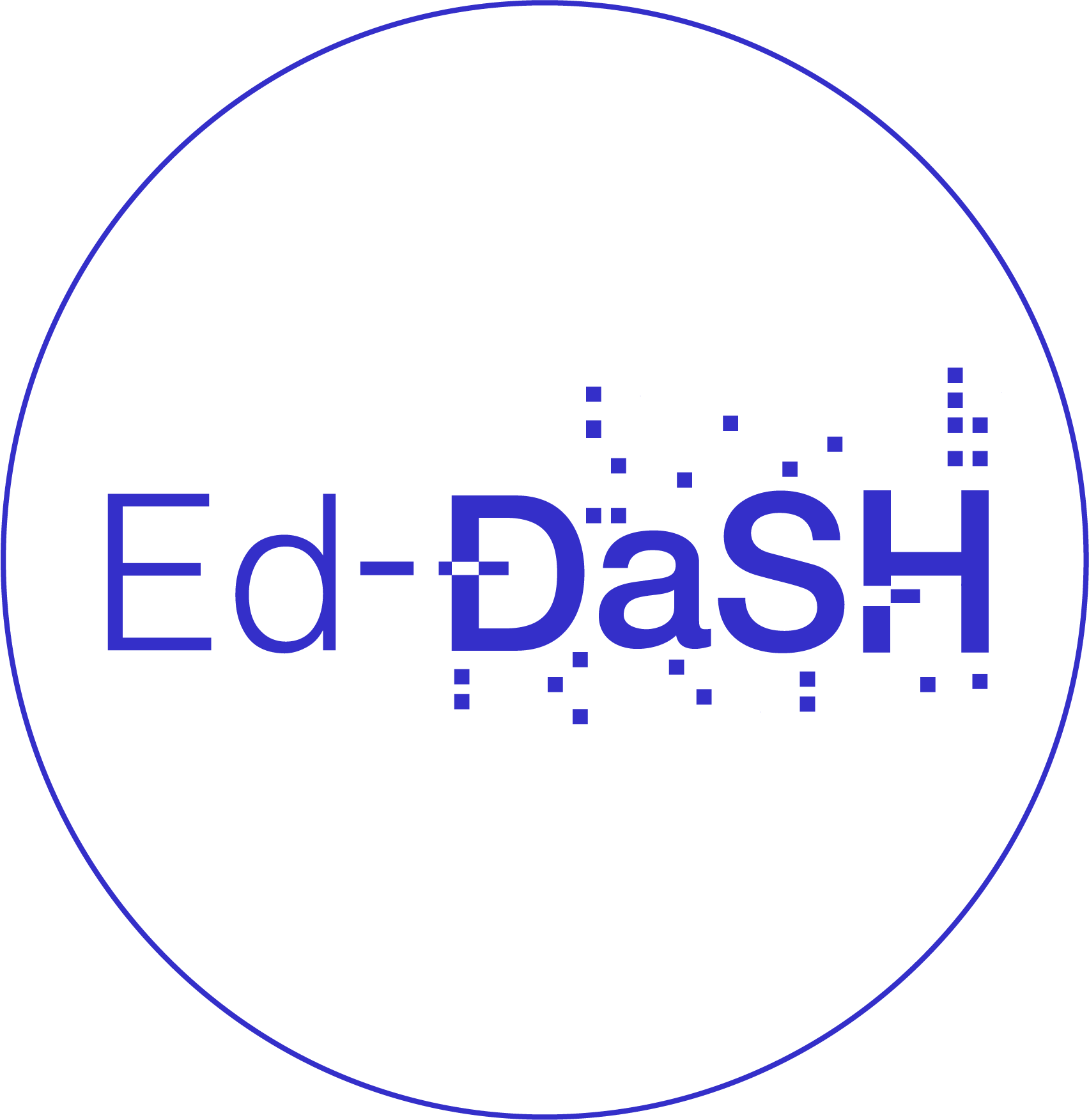Templates for consistency
Overview
Teaching: 13 min
Exercises: 45 minQuestions
What are the benefits of having templates?
How do templates make your research FAIR?
How to achieve consistency with templates
How do templates help with FAIR
(13 min teaching)
What are Templates
Templates are documents with a pre-determined layout and style which allow for reproducibility of new documents based on the same layout/pattern/style/guidelines. For example a useful template are label templates that contain all necessary experimental information. Thinking back to our arabidopsis experiment, a tube label template for an experiment could contain: date, genotype, if short- or light-day.
Benefits of Templates
Use of such templates is incredibly convenient. If we were to print labels for tubes, using a template we could print an entire batch at once instead of having to do it label by label or hand write each individual one. Overall templates:
- save time
- enforce best practices (e.g. naming standards, using PIDs)
- provide guidelines for other users of the template
- assure consistency across sample collection, experiments, and data analysis
- allow automatisation of searching/processing/analysis
- ensure reproducibility! (FAIR)
Types of templates
Templates could be anything with a pre-determined layout and purpose to be used for repeating activities. For example templates could be:
- in an ELN for different experiment types (e.g. Benchling)
- for sample recording and registration (e.g. in Clinical Trial Management)
- for project structure
- for a readme file
- for a data management plan
Exercise 1: Your template (30 min at end of day + 15 min next day discussing templates)
Write your own group template for either
- a measurement (PCR on robot etc…)
- experiment (e.g. gene levels in response to stress)
In Excel or as a Document (txt/word) or Benchling (if you fancy using it!), also provide some example data.
Think about:
- what you will need as the producer
- what you will need as the consumer
- how you could limit the values (controlled vocabularies)
- what PID or ontology terms you could use to annotate
Drop the templates into the folder shared on the Notepad. Make sure to exchange emails in case Zoom dies.
Key Points
Templates save time
Templates enforce best practices and ensure consistency
Templates allow for automatisation of processes
